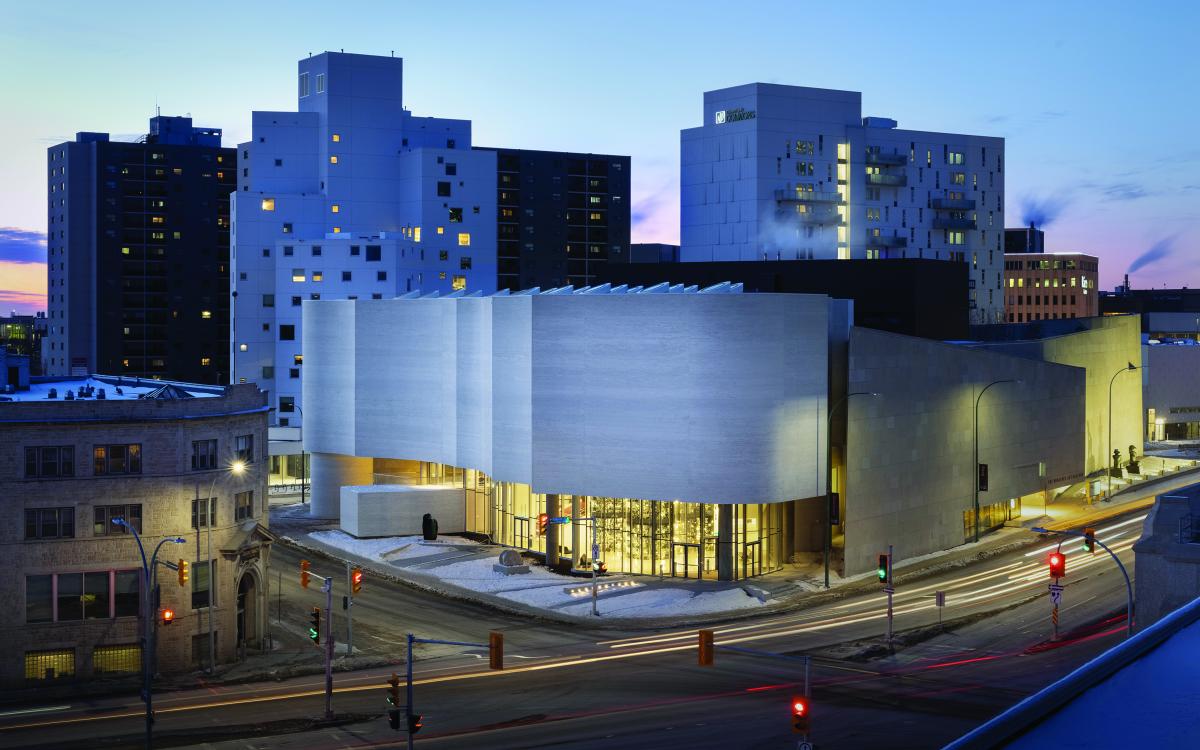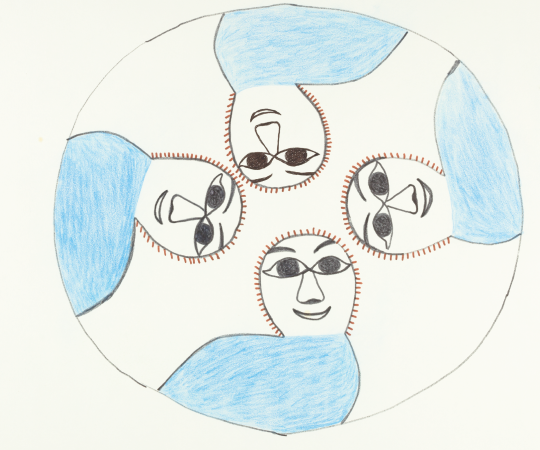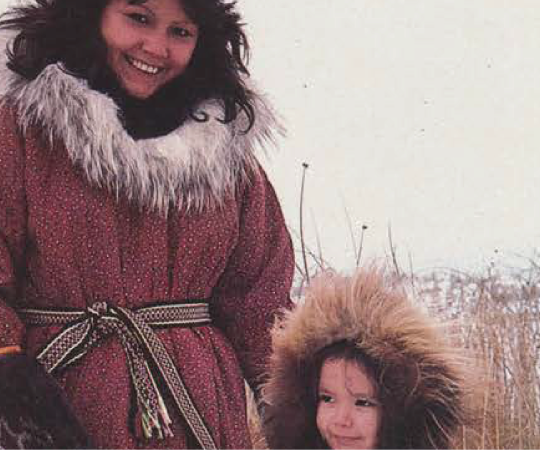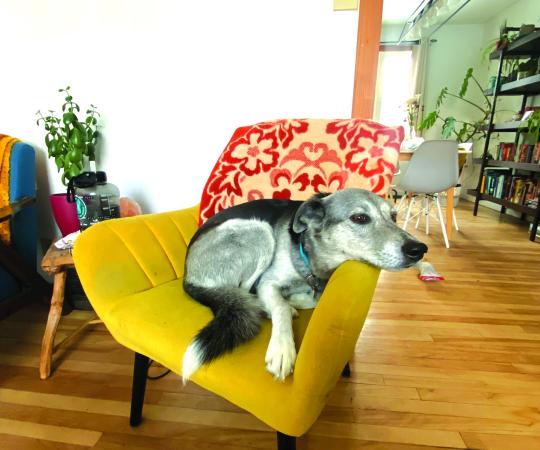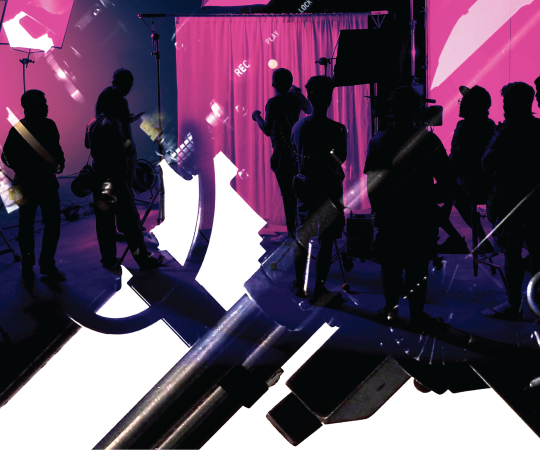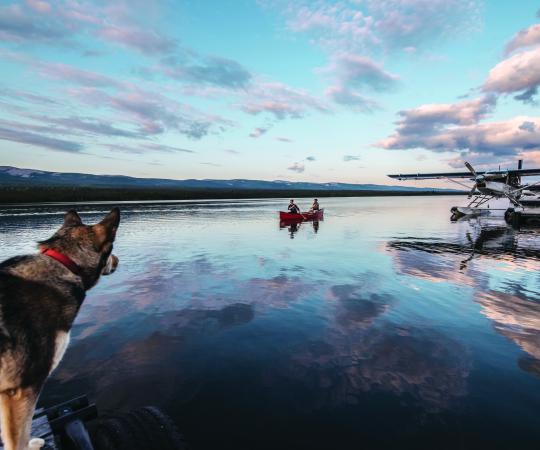Born and raised in Yellowknife, Sofia Grogono went to study dance in Montreal. The experience proved illuminating, as she witnessed first-hand the difference in support artists receive in northern and southern Canada.
“There are these amazing programs and festivals that are designed for young choreographers and dancers to get their work seen [in Montreal],” she explains. “There are many support systems for [the arts]. There’s nothing like that in Yellowknife. It’s not that people aren’t willing or aren’t supportive, it’s just that the infrastructure hasn’t been built. The system hasn’t been built.”
There is no lack of performing arts talent in the North. But when most communities struggle with housing shortages, finding space for musicians to jam, dancers to perfect their choreography or painters to display their work can seem next to impossible.
Still, these artists use their creative talents to build up the arts infrastructure in their communities. They repurpose abandoned buildings, public spaces and even pickup trucks as temporary gallery spaces and mobile stages—finding ways to get together in unexpected places to offer a beacon of light during our long and dark winters.
Here’s where to go to see the latest shows, exhibits and performances across the North.
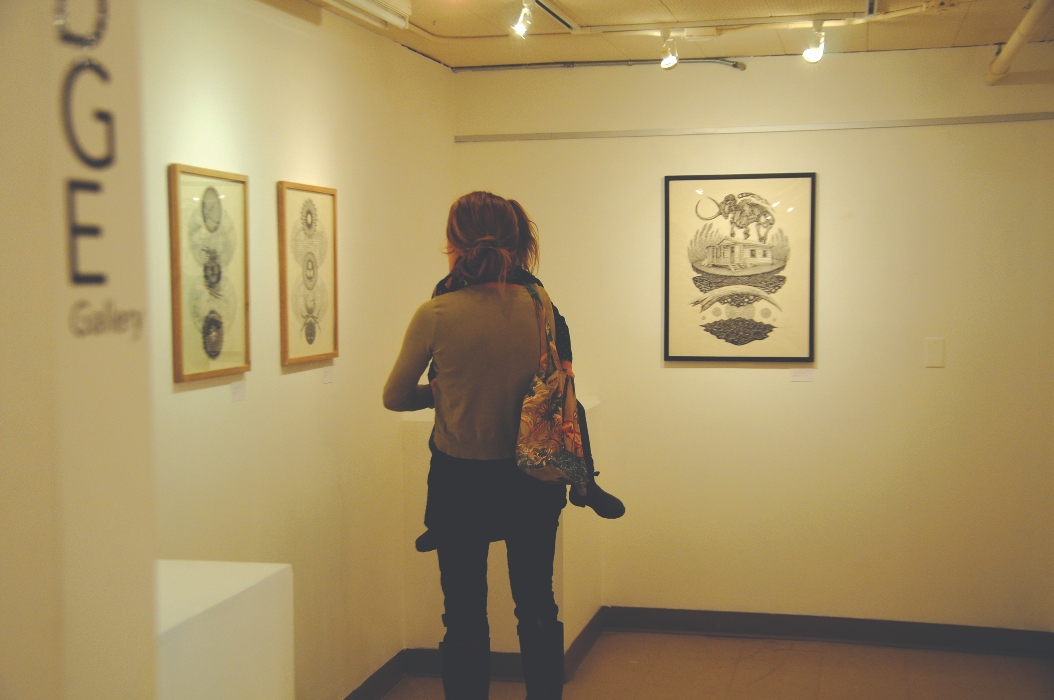
NWT
Back in the late 1980s, Matthew Grogono remembers telling a Dalhousie university professor of his how there was no art school in the Northwest Territories. The professor’s response shocked him. He encouraged a young Grogono to start his own. “Are you absolutely mad?” Grogono replied, thinking about the amount of work that would entail.
But that conversation stayed with him after he returned to Yellowknife. Grogono worked as a mechanic before starting Old Town Glassworks, which created custom glassware out of recycled bottles and eventually taught guests how to do it themselves. By 2000, he had begun to build a communal art space with friend Earl McCauley. Together, they helped to found the Aurora Arts Society and, later, the Artist Run Community Centre (YK ARCC).
It was an exciting time in Yellowknife. “We were in a Pentecostal church and we turned it into a thriving art centre for a short period of time,” Grogono explains. The church hosted exhibits, workshops, live music and legendary parties. It gave locals a place to experiment, to collaborate, to come together. But it only lasted nine months, as the building was set for demolition.
The search for a permanent art space in Yellowknife continues today. Artists set up displays at coffee shops, in public parks and in their homes. Meanwhile, YK ARCC has relocated a dozen times in the last decade—hosting art shows and concerts in vacant Old Town buildings and abandoned downtown storefronts. Its latest endeavour is a trailer that serves as a mobile art gallery.
Meanwhile, the Yellowknife Artist Co-operative has converted the closed down Wildcat Café into a temporary art space. Sofia Grogono—Mathew’s daughter and program coordinator with the YK Artist Co-op—says the Wildcat makes for an ideal gallery space. “[It’s] something Yellowknife doesn’t have,” she says. “We’re also going to use it as a jam space.”
That’s where you might catch new songs from the territory’s most ambitious musicians before they take the stage at the Northern Arts and Cultural Centre (NACC)—a 301-seat venue attached to Sir John Franklin High School. The centre hosts theatre productions and award-winning musicians like Iskwe, Tanya Tagaq and Jimmy Rankin. But it can be difficult to bring large shows north—NACC often organizes tours across communities—because when these artists land in communities like Hay River, Inuvik, Norman Wells and Fort Smith, they have to make do with what is available. And that is usually churches or school auditoriums as stages.
Where to see…
- a play, dance performance or big name concert?
The Northern Arts and Cultural Centre in Yellowknife.
- an exhibit by an up-and-coming artist or an NWT legend?
The Prince of Wales Northern Heritage Centre in Yellowknife.
- the latest creations from talented local and area artists?
The Gallery of the Midnight Sun and Down to Earth Gallery in Yellowknife.
- handmade treasures from Dene artists inspired by the land?
The Acho Dene Native Crafts store in Fort Liard, Winnie’s in Enterprise, the Tlicho Store in Behchoko, or the YKDFN Artisan Shop in Dettah.
- work by artists in the Beaufort Delta and surrounding communities?
The Artisan Collective in Inuvik.
- a place to buy and enjoy local art with a cup of coffee?
The Rusty Raven Gallery & Gift Shop in Fort Smith.
- local films, children’s plays, photography exhibits, elaborate snow sculptures—and just about anything else you can imagine?
The SnowKing’s castle on Yellowknife Bay.
YUKON
Like the Northwest Territories, the Yukon’s capital boasts a number of public and performing arts spaces, while outlying communities must get creative.
“People work with what they can,” says Courtney Holmes, store manager for the Yukon First Nations Culture and Tourism Association (YFNCT). “There’s a salon in Dawson City that just started selling Indigenous artwork. And there are places like the cannabis dispensary [in Dawson City] that has a little set up.”
Most cultural centres in Yukon communities showcase local art, while the YFNCT hosts a website that sells works created by Indigenous artists. That website promotes more than 50 artists, selling anything from beaded canvas pictures to tufted earrings, sealskin mitts and books by Indigenous authors. Those works come from artists all over the territory, as well as from Yukon-born artists no longer living in the North. (The website sees the most traffic from Canada, the U.S., and, surprisingly, Ireland, Holmes says.)
In Whitehorse, the Yukon Arts Centre (YAC) is best known for hosting live performances from local and international performers. It features an exhibit space that contains a permanent collection of more than 100 Northern pieces in photography, paintings and textiles. Rotating exhibits highlight work from Northern and Indigenous artists.
There are several other galleries in Whitehorse, including Arts Underground—a vibrant red building nestled among the shops on Main Street. Inside, multiple rooms are dedicated to Yukon artists, from the Edge Gallery, which shows “cutting-edge” modern art from local artists, to the members’ gallery, which displays art in many mediums by Yukon Artist Co-operative members. Arts Underground also features an art supplies shop and a ceramic studio.
Close by is Unorthodox Yukon. This small boutique is packed with artistic creations from all three territories. On a single wall, customers will find elaborate prints and paintings, beaded jewelry, Inuit parkas, mukluks and decorative pillows.
Where to see…
- contemporary visual art exhibits from local, national and international artists?
The ODD Gallery in Dawson City or Arts Underground in Whitehorse.
- the top acts in music, theatre, dance and performing arts?
The Yukon Arts Centre in Whitehorse.
- Northern works of art—from Inuit soapstone carvings to local fashion and jewellery designs?
The North End Gallery or Unorthodox Yukon in Whitehorse.
- a mix of local art and history?
The Kluane Museum of Natural History Gift Shop in Burwash Landing.
- carvers working on Tlingit clan poles and masks?
The Carcross/Tagish First Nation Carving Centre in Carcross.
- exhibits on traditional clothing along with handmade arts and crafts for sale?
The Tage Cho Hudan Interpretive Centre in Carmacks.
NUNAVUT
With a lack of dedicated art studios and spaces, Nunavut residents are resourceful, converting school gyms and community centres into makeshift concert halls and galleries. Iqaluit’s Inuksuk High School gym regularly holds headliner concerts, while the Alianait Arts Festival sets up a big-top tent every summer to host performances from artists across the circumpolar region. Musicians have even been known to perform on the back of pick-up trucks driven around town, like when the Jerry Cans organized such an event one summer. Qaggiavuut—a local arts organizations pushing for a performing arts venue in Iqaluit—built a qaggiq (a giant igloo) on the Koojesse Inlet ice to serve as a stage. (Albeit, a temporary one.)
The territory is unique in Canada in being without a stand-alone performing arts centre. Qaggiavuut has been fundraising since 2010 to build the Qaggiq Hub—a cultural learning centre and a space for Inuit performing arts. As it works toward its goal, Qaggiavuut organizes events and workshops to promote Inuit art across the territory. In 2019 alone, the non-profit generated more than $1 million for Nunavut’s economy.
The arts are big business in Nunavut. Some communities have established communal art spaces that act as both a gallery and workshop spaces. Rankin Inlet has been home to Matchbox Gallery since 1987. The artist-run facility offers use of its ceramic studio while also exhibiting permanent and temporary art collections. Staff at the centre train local artists and help them find jobs.
The Uqqurmiut Centre for Arts & Crafts in Pangnirtung includes art studios, craft galleries and a print shop, while Baker Lake’s Jessie Oonark Centre—named after the famed local artist—provides work space for carvers, printmakers, jewellery designers and seamstresses. And Kinngait Studios—in the community formerly known as Cape Dorset—is the longest continuously running print studio in all of Canada.
The territory’s latest addition is the Red Fish Art Studio in Cambridge Bay, which transformed a 1950s fish plant into a vibrant arts hub this fall. Youth and adults can learn how to turn welding into high-art.
Where to see…
- giant, blown-up reproductions of classic Nunavut prints?
The walls of the main terminal in Iqaluit’s airport.
- a wide-selection of Inuit soapstone carvings, elaborate wall hangings, prints and sealskin products?
Malikaat, Rannva or Northern Collectables in Iqaluit or Ivalu in Rankin Inlet.
- local films, storytellers and cultural arts exhibits?
The Nunatta Sunakkutaangit Museum in Iqaluit.
- cultural performance, local screenings and live music?
The Franco-Centre in Iqaluit.
- the latest in Arctic fashions?
Kiluk in Arviat or Victoria’s Arctic Fashion online.
- murals, local art and informative cultural exhibits?
Heritage centres in Cambridge Bay, Kugluktuk and Gjoa Haven.
- hand-crafted jewellery in production?
Aayuraa Studio in Iqaluit.

